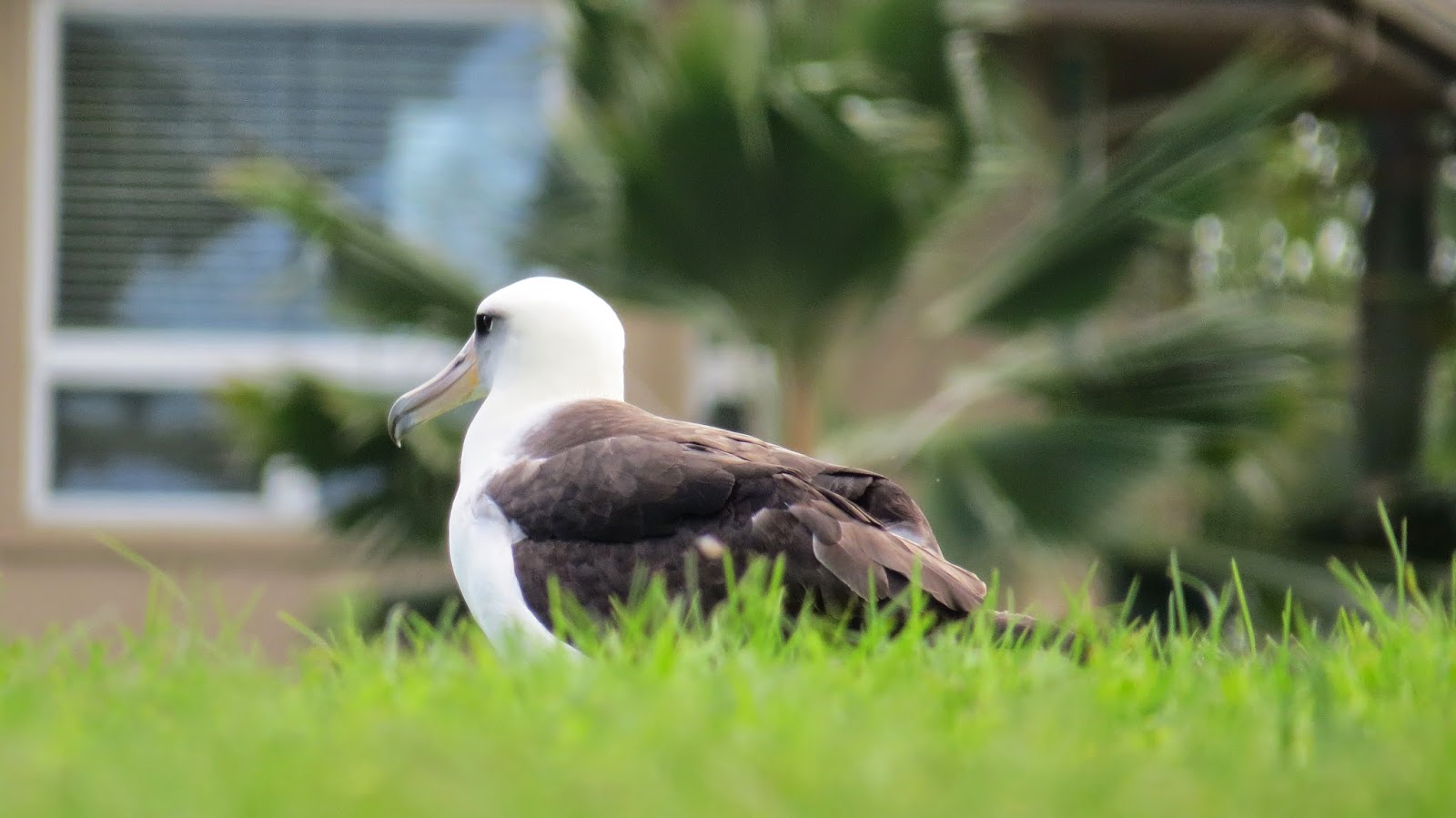Ironically, we arrived in South Africa one year ago today. It’s been a fantastic year, and we’re both grateful for the incredible experiences we’ve had in the bush. Now, let’s see if South Africa can deliver me good health!
This will be the first time since March 2012 that we’ll have been incommunicado on this blog for a week or longer. However, we’re so looking forward to sharing the good news that my recovery process is in place and all is well after tomorrow’s triple coronary bypass surgery.
Tom will be posting notices on Facebook that are open to the public, so feel free to check there if you’d like. It’s easy to find my name with a few clicks.
As mentioned in yesterday’s post, we decided to leave Marloth Park to come to Nelspruit one day earlier than planned. The water and power outages weren’t something either of us felt like dealing with, especially in the hot weather.
As it turned out, the power was out all last night. That would have been one harrowing night. We are glad we left. We spent the night at the lovely Leaves Lodge and Spa, a few minutes from the hospital, giving us peace of mind for being so conveniently located.
Today, at noon, I’ll check into the hospital for the prep required for this type of surgery which includes x-rays (for placement of the heart), blood tests (as a baseline), and a litany of other pre-op procedures you can well imagine.
This morning we headed to a Vodacom store to purchase a SIM card for Tom’s phone. During this past year in South Africa, we never needed to call one another since we were always together, making the SIM in my phone sufficient.
But, now, with him living at the hotel and me in the hospital, we’ll need to be able to phone and text one another, although he’ll be with me most of the time. Once I’m out of ICU, he’ll bring dinner some nights since I’m confident the hospital food won’t fit my way of eating.
When I stayed overnight in the hospital last week after the angiogram, after not having a morsel of food all day, they brought me one chicken leg and a cup of plain spinach, not quite enough nourishment for this patient. We’ll see how that goes.
Now, the waiting game is on regarding the insurance company coming up with the money on time. With a two-hour time difference between here and the UK, they may only be getting into their offices now and, it takes a few hours to process the funds. I won’t be admitted in time for the noon pre-op until after the insurance provides the funds. We wait.
And so, dear readers, I wrap this up now again, thanking all of you wonderful people for your thoughtful and kind well wishes and prayers. Please keep an eye out for a post in about seven days or, if I’m healing quickly, perhaps even sooner.
Photo from one year ago today, February 11, 2018:
Due to a poor wifi signal, I’m unable to add the year ago photo. Take care…
























































